Josh's Frogs
Why you should buy from us
Top 10 Easy Aquarium Plants
When it comes to aquatic plants, some are just bullet proof. There are many that require high light output or supplemental CO2 injections just to survive. Not these, however! These plants not only survive but oftentimes THRIVE without much consideration at all. This is a top ten list of easy, low-tech plants that will grow in almost any aquarium. Low light, no fertilizer, no problem!
Anubias

Practically the poster child for undemanding plants, Anubias can grow under almost any conditions. Their tough leaves mean they are often unpalatable to plant-eating fish and their rhizome growth means they can be tied down to driftwood quite readily. Keep in mind that tying down this plant and keeping its roots exposed is the way to go (fishing line works great for this). Propagation is done by cutting the rhizome where new growth has occurred to make a “new plant.” However, despite being quite resilient little plants, their growth is exceptionally slow. You will not have to trim this plant often, if at all, and it may take years to see any appreciable expansion. There are many varieties of Anubias (8+ species and varieties) and they are all equally easy to care for.
Hornwort
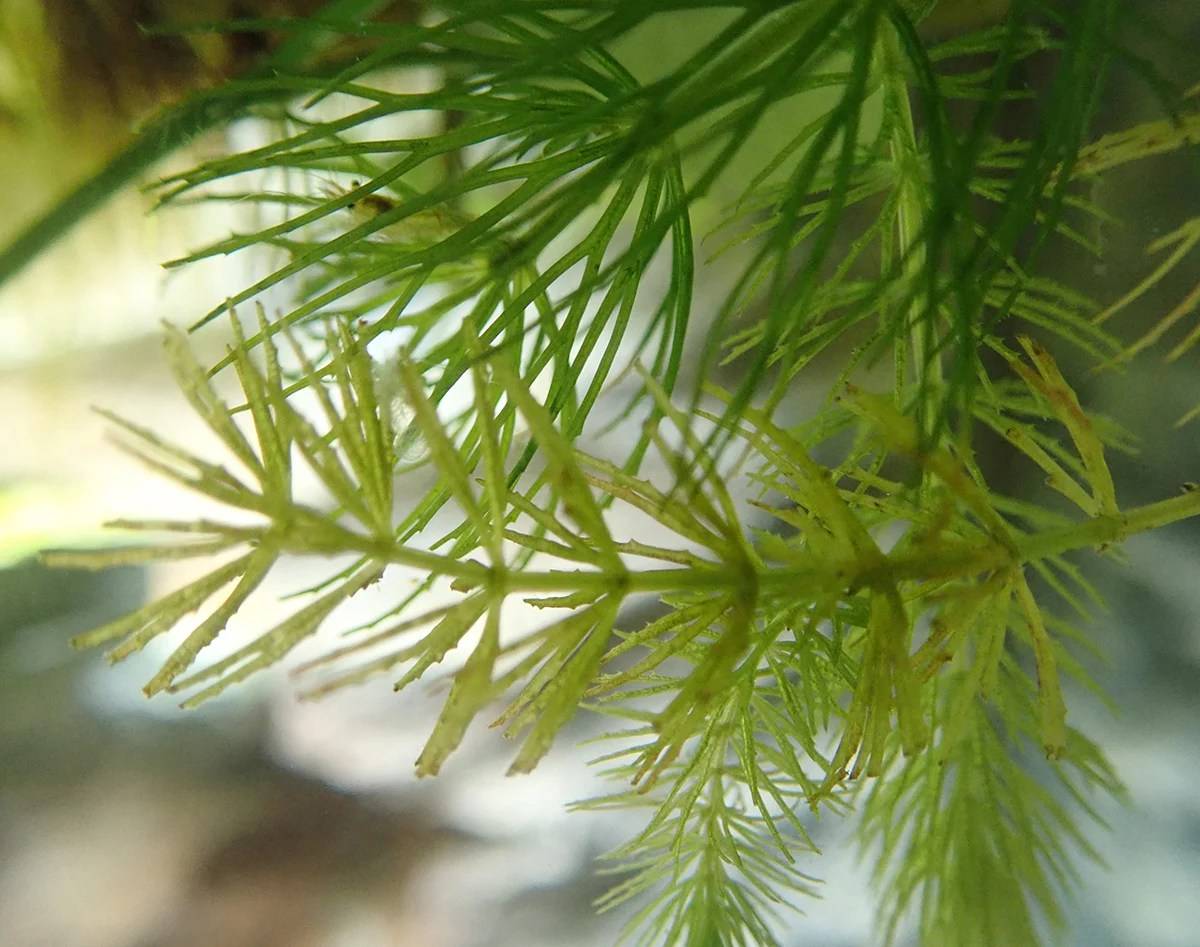
Perhaps one of the easiest floating plants to cultivate in aquariums (besides duckweed), hornwort (Ceratophyllum demersum) often explodes in growth with very little input. It makes great cover for fry as it is very bushy. It does well in hard water conditions and makes a great oxygenator for aquariums and ponds. It is fairly cold tolerant and prefers calmer water to thrive (not the best choice for river biotopes). The only downside to hornwort is that it grows so fast it can often choke out an aquarium, so it must be trimmed fairly regularly so that you can see your fish.
Java Fern
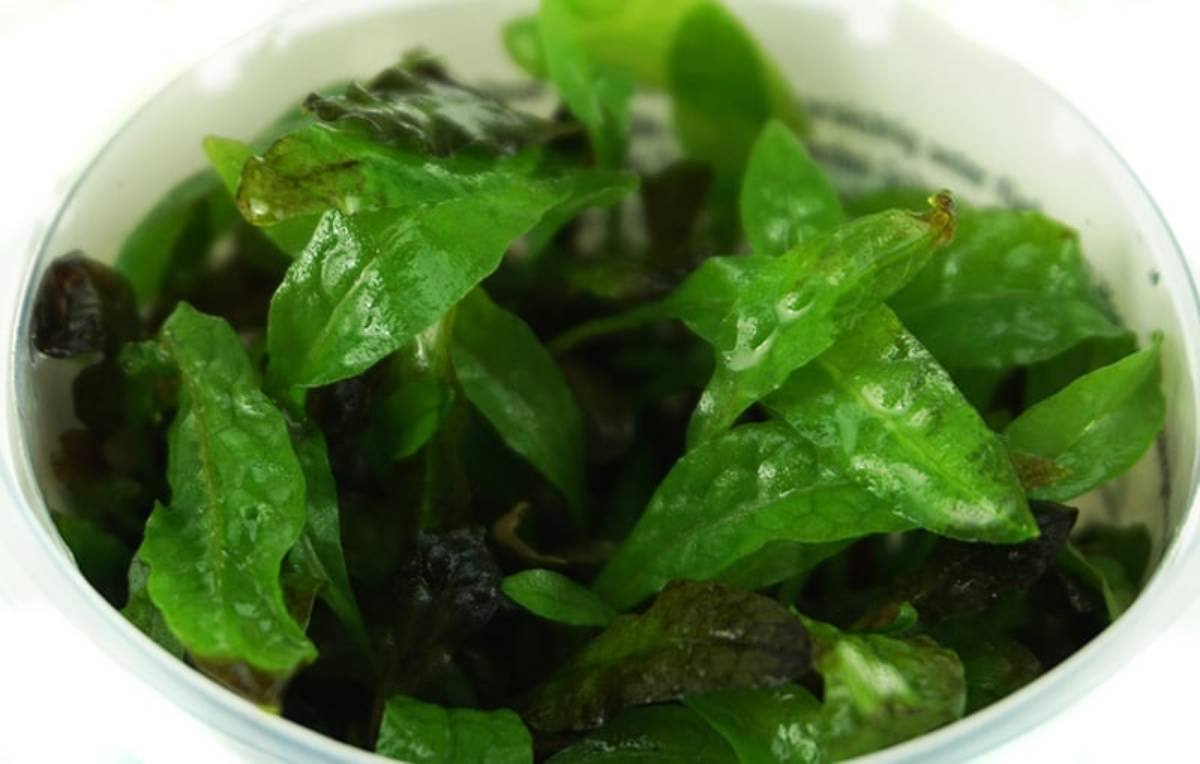
Much like Anubias, Java fern (Microsorum pteropus) is a slow growing rhizome plant that prefers to be attached to driftwood or rocks. It also comes in a few different varieties; some have narrow leaves while some have more broad or forked leaves. It is also pretty tough for even the most herbivorous fish to consume. Therefore, Java fern is a very versatile plant and a great addition to any freshwater aquarium; it even goes well in some brackish aquariums! Java fern can either be propagated by cutting the rhizome or by waiting for tiny new plants to grow from the leaves.
Najas Grass
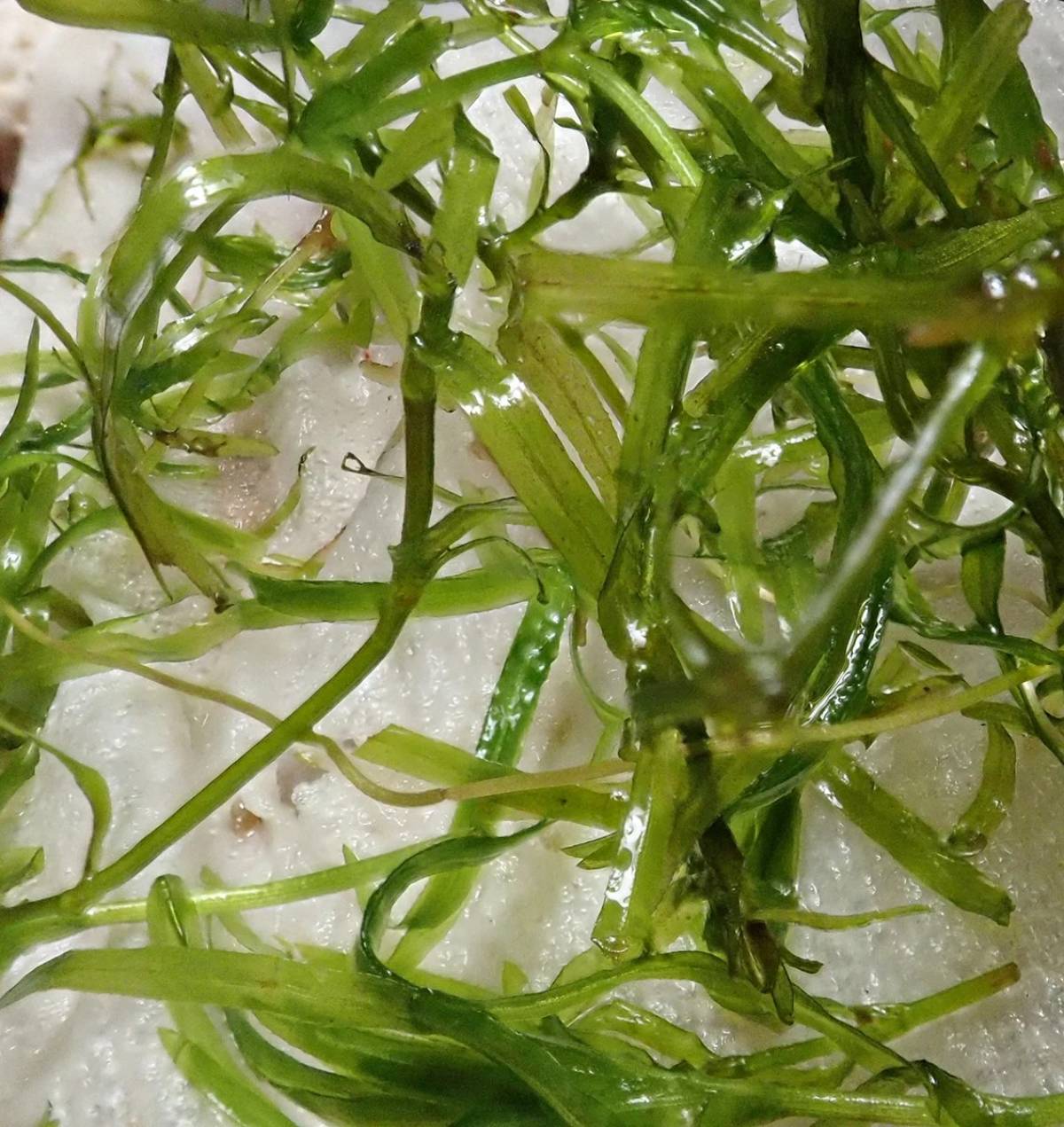
Najas grass (Najas Guadalupensis) is affectionately referred to as “guppy grass” because of its usefulness in tanks with livebearing fishes. It creates excellent cover for fry and other small fish as it grows in the water column. It is a floating plant, so simply place it in the water and watch it take over! Propagation of Najas grass is as easy as pulling apart a portion and moving it to another aquarium. It’s not fussy about lighting and does not require fertilizer to grow quickly.
Subwassertang

A type of liverwort that will grow freely on the bottom of aquariums, subwassertang (Lomariopsis lineata) is an exceedingly easy plant to keep. It is especially appreciated by shrimp and other benthic critters. It is slow growing, but undemanding in terms of light and nutrients. Simply place a clump of it in your aquarium and watch it slowly spread over time.
Java Moss
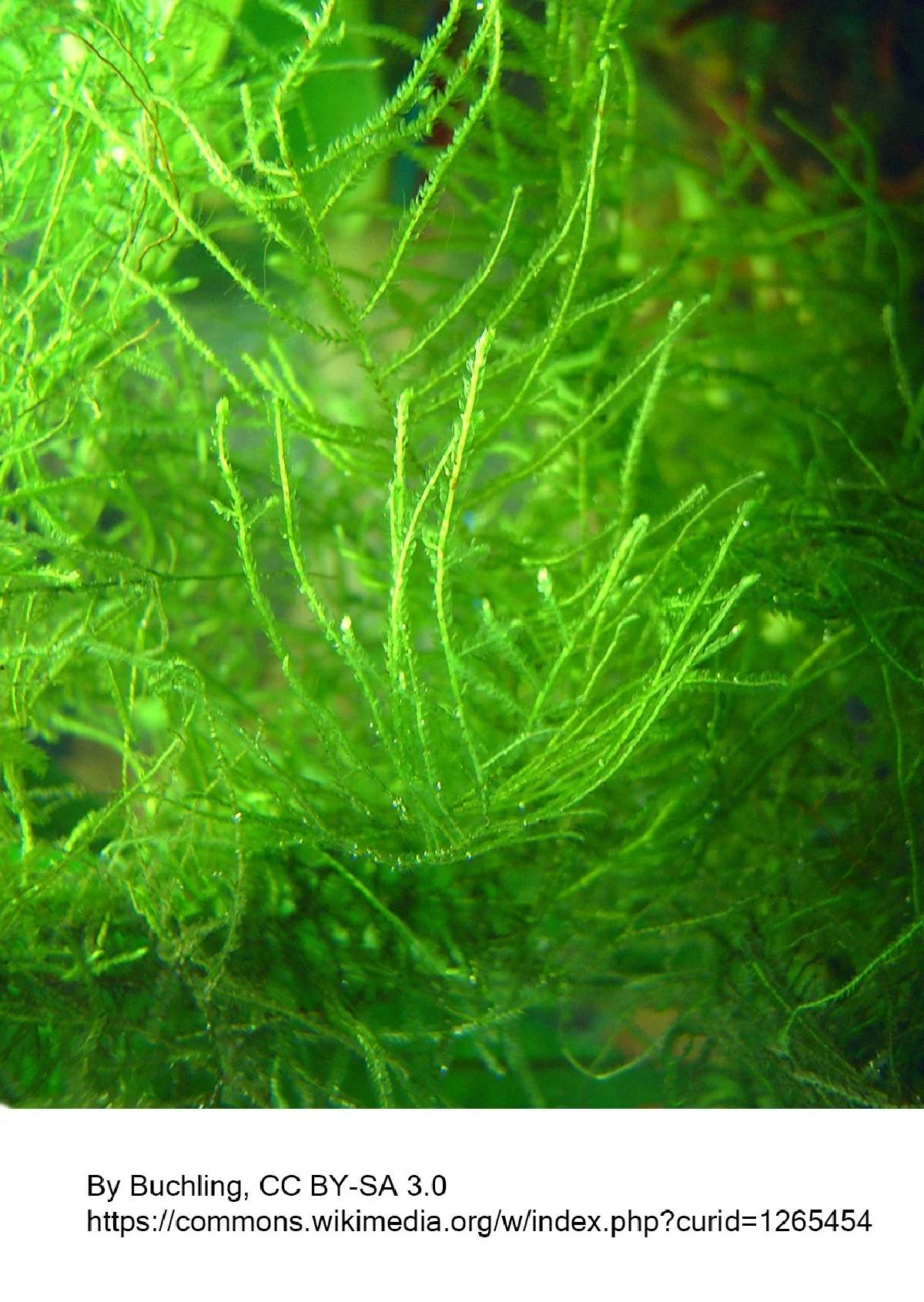
Taxiphyllum barbieri, or Java moss as it is known in the trade, is an ideal plant for spawning fish and raising fry. It can also attach to surfaces to make an easy, decorative piece. Best of all, it is super low maintenance, requiring very little light and nutrients to thrive. Egg scattering fishes love to use clusters of Java moss to spawn over. Fry often can find microorganisms and tasty morsels amongst the greenery. It can quickly spruce up any aquarium and can even withstand brackish or terrestrial conditions. Shrimp also relish picking through the moss.
Vallisneria
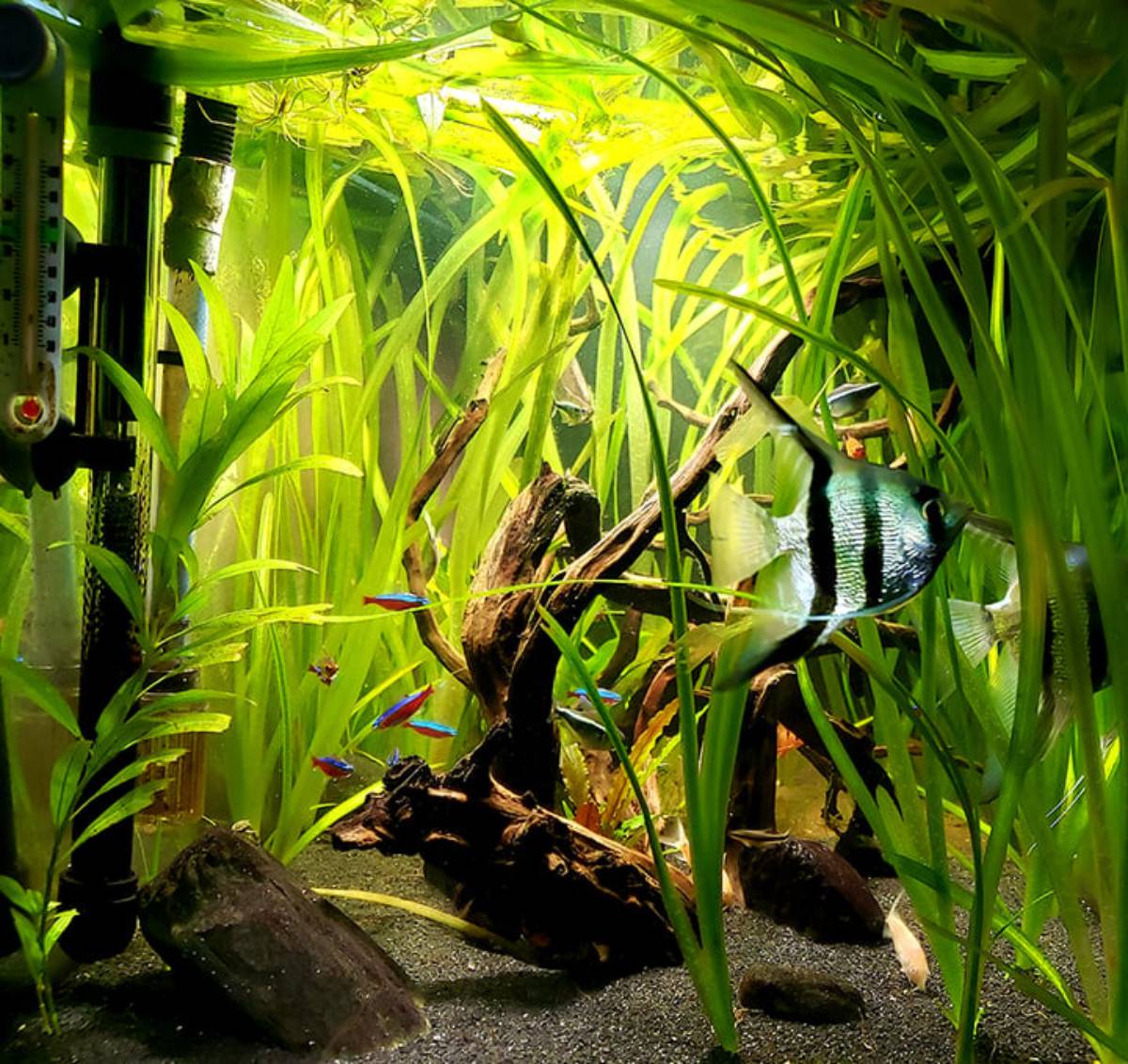
The ultimate background plant in aquariums, Vallisneria grows tall leaves and will quickly spread across the tank via runners. It grows so tall, in fact, that it often needs to be trimmed to keep from curling over the surface. It is not demanding in terms of lighting and often does not require additional fertilizers in well stocked aquariums.
Sagittaria
 Sagittaria subulata
Sagittaria subulata
Sagittaria looks similar to Vallisneria, but stays much shorter, making it an ideal mid-foreground plant. It also spreads by runners and can quickly carpet the substrate. It doesn’t mind hard water and doesn’t require intense light. It is recommended, however, that you do not mix Sagittaria with Vallisneria in the same tank. One will tend to outcompete the other.
Cryptocoryne

Although Cryptocoryne species are known for melting when moved from one tank to another, they quickly bounce back and can be very forgiving once established. Cryptocorynes come in rich dark brown or green colors and most species do better midground. They grow in plugs and can be pulled apart when they get too thick. No special lighting or fertilizers are required, although they are appreciated.
Duckweed/Salvinia/Water Lettuce
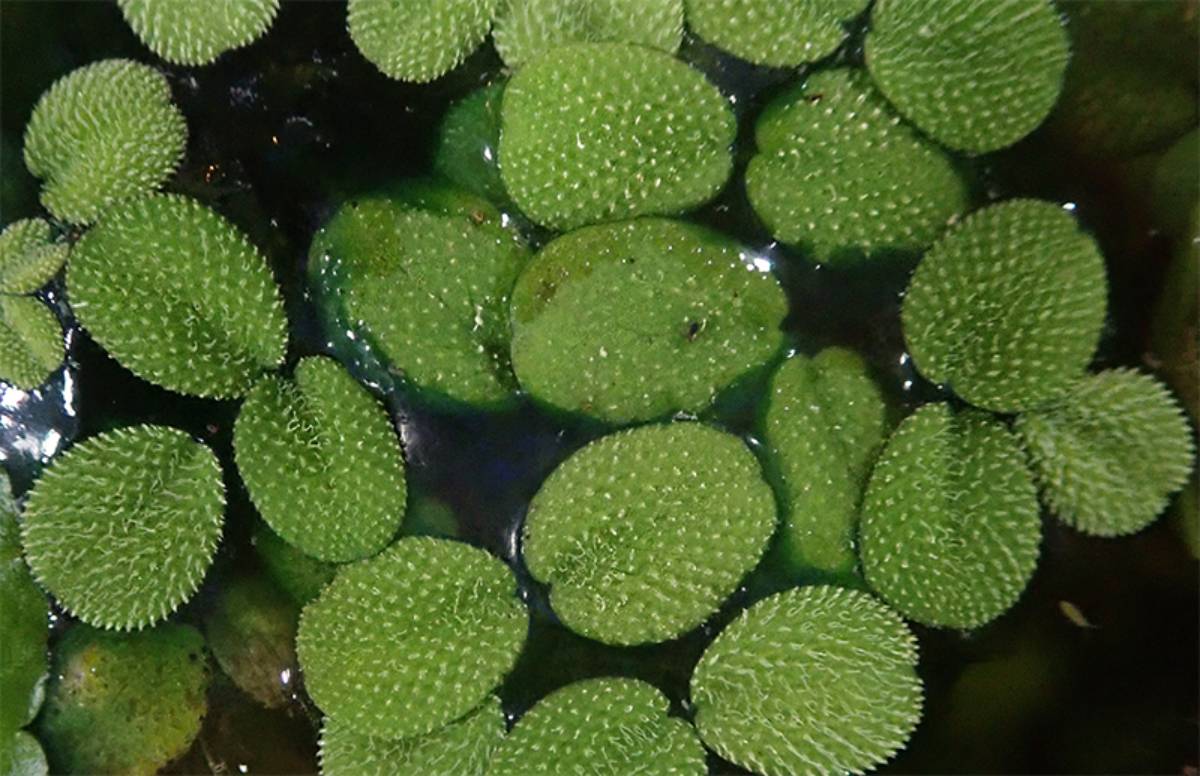 Salvinia minima
Salvinia minima
Duckweed (Lemna minor) is such a prolific and easy aquatic plant that it is actually seen as a nuisance to many aquarists. It can very quickly go from a few floating specks to covering an entire aquarium. A similar plant, Salvinia, can also take over and grow without any effort. Water lettuce (Pistia stratiotes), while typically grown outside in ponds, can do well in indoor settings. It will not grow as large or robust, but it can be another easy floating plant option. Water lettuce grows massive roots that extend into the water column, creating a neat biotope aesthetic. It can provide cover for fry to hide amongst and the roots make great places for fish to lay eggs.
Conclusion
With so many easy plants available in the hobby, there is no excuse not to have a planted tank or two. It does not require a huge investment in lighting, fertilizers, substrates, or CO2 to have a little green in your aquarium. Aquatic plants make aquariums look more natural and can help improve water quality by eating up nitrates and adding oxygen. As long as your water chemistry is good and you don’t have fish that will tear up the plants, there’s nothing standing in the way of success when incorporating any of the easy plants discussed above.

